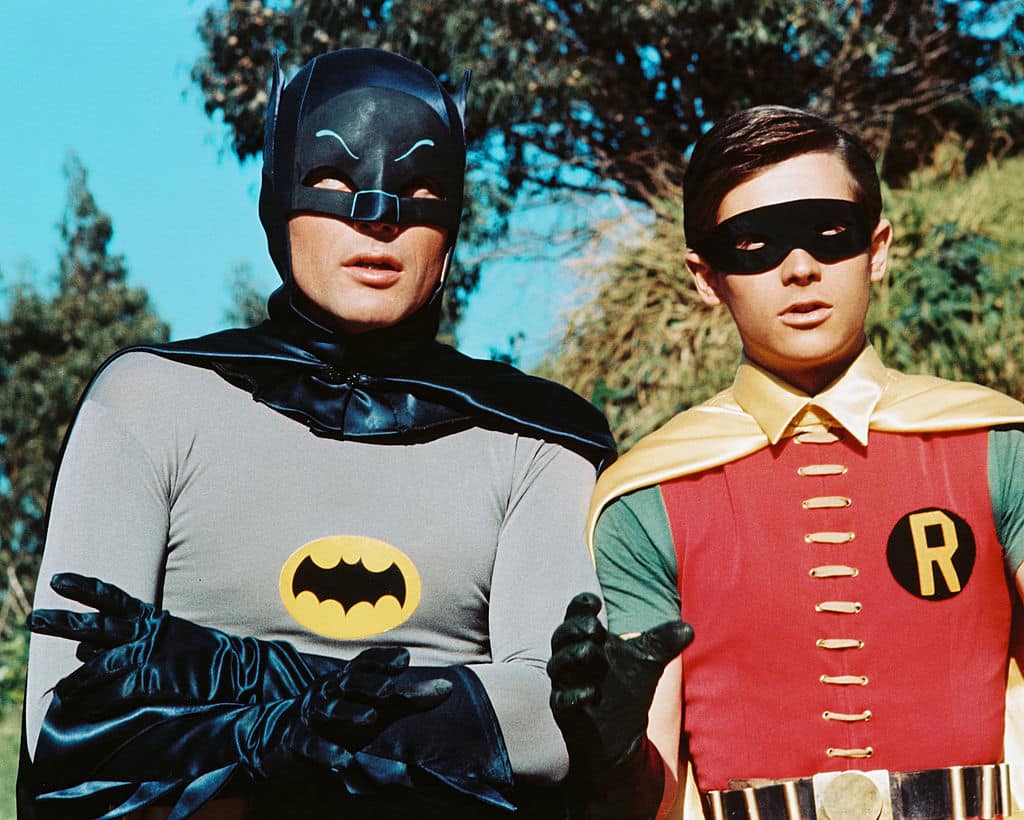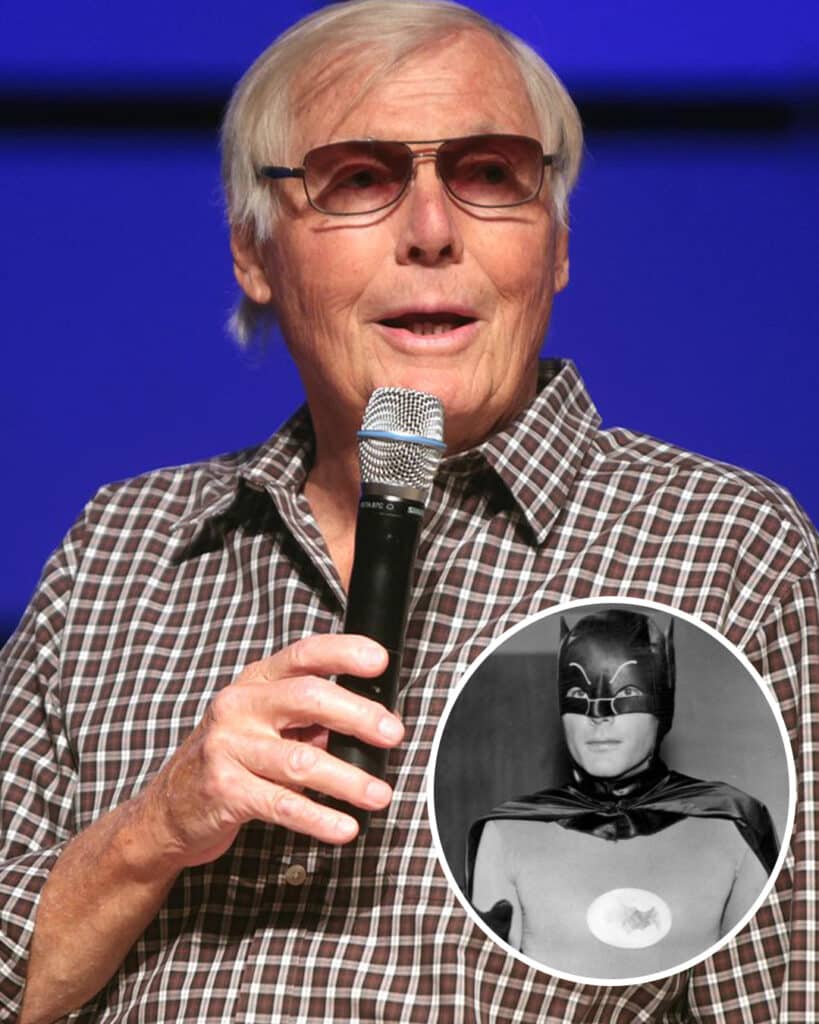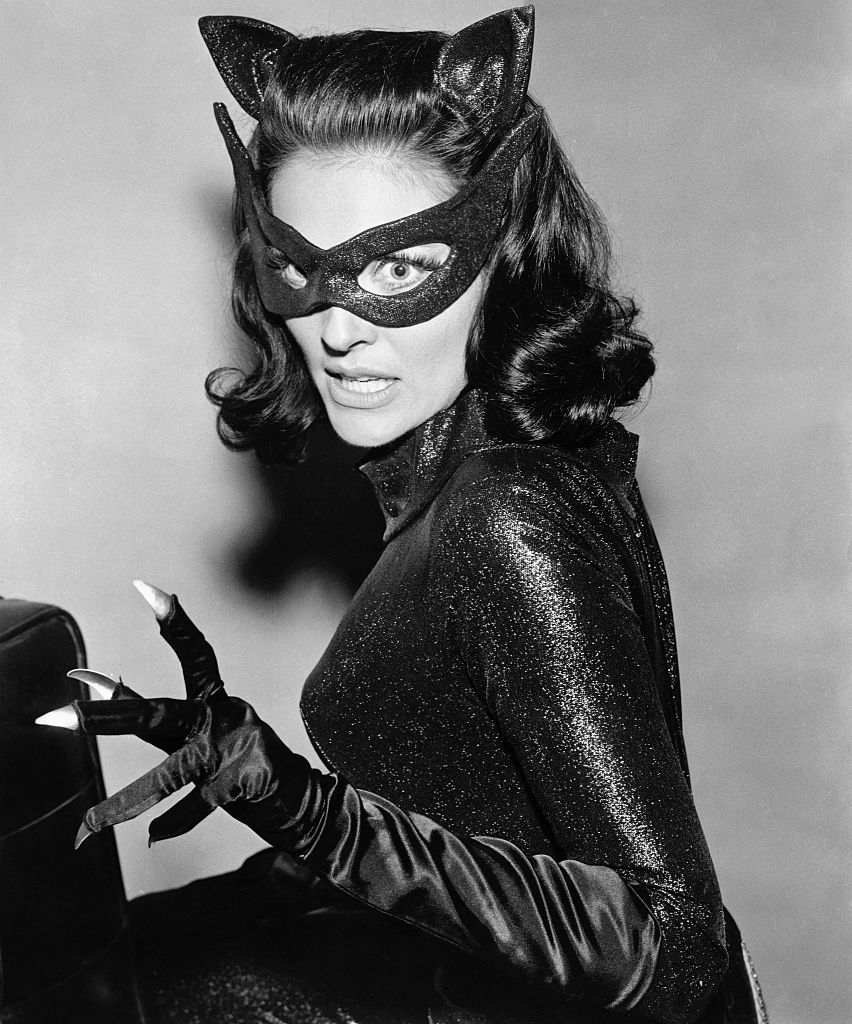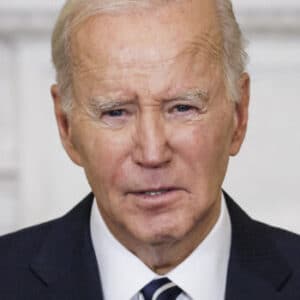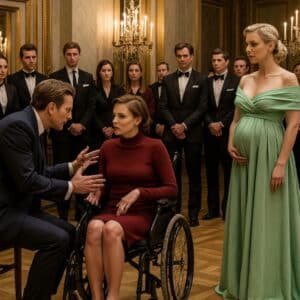In 1966, Batman wasn’t just a movie—it was a pop culture event that exploded across the screen in a blaze of color, camp, and comic-book absurdity. For many fans, it marked the beginning of superhero cinema as we know it, even if it was laced with more “POW!” and “ZAP!” than grit and gravitas.
The film starred Adam West as the clean-cut caped crusader and Burt Ward as his ever-loyal sidekick Robin. Together, they weren’t just crimefighters—they were symbols of a decade that loved its culture loud, silly, and theatrical. With garish costumes, tongue-in-cheek dialogue, and villains that felt like they’d just walked off the pages of a pop-art painting, Batman: The Movie became an instant reflection of its psychedelic era. But like any great piece of kitschy brilliance, its story wasn’t just told on-screen—it was shaped just as much by the behind-the-scenes maneuvering and unexpected quirks.
Producer William Dozier had a shrewd idea: release a feature film version of Batman to drum up excitement ahead of the TV show’s launch. It was a calculated move, one that shows just how commercially savvy Hollywood had become by the mid-60s. But while Dozier had the vision, the studio—20th Century Fox—was hesitant. Rather than finance a big-budget risk, they green-lit a more conservative approach: stick to the TV series first. Dozier didn’t give up and eventually made the film with the intention of creating a buzz that the series could ride all the way to primetime. The result? A cinematic oddity that remains both beloved and bizarre.
At the center of the madness was Adam West, who had just changed his name and was still trying to break into big roles. His casting came courtesy of a Nestlé Quik commercial, where he’d played a suave spy-type character that caught Dozier’s attention. Once West got his hands on the pilot script, he knew the show was his ticket to stardom. “I read 20 pages and I just knew,” West said decades later. “It was the kind of comedy I wanted to do.”
But West didn’t sign on without conditions. First, he wanted more time on screen as Bruce Wayne to show his range. Second, he wanted to approve the actor playing Robin. That’s how Burt Ward—who had no acting experience but did have a brown belt in karate—landed the role. West brought a uniquely satirical edge to the part, embracing the character’s contradictions. He knew Batman couldn’t be played too straight: “You have to give the audience the sense that there’s something behind the mask—that he’s a little crazed.”
Yet that very performance, the one that made West a household name, became a burden. Once the series ended, West found himself typecast. Offers dried up. Producers couldn’t see past the cape and cowl. Though he took on other projects over the years, he was forever known as “TV’s Batman.” It wasn’t until his role as the hilariously bizarre Mayor West on Family Guy that he experienced a second wave of fame. He passed away in 2017 after a short battle with leukemia, but remains a cultural icon of his own making.
And then there was Cesar Romero, the man behind that unforgettable grin of the Joker. Romero was dashing, theatrical, and wildly committed—to his mustache. He flat-out refused to shave it for the role, so makeup artists just painted over it with white greasepaint. The result? A ghostly face with a shadowy mustache peeking through—something eagle-eyed viewers could never unsee. But instead of being a distraction, the visible mustache somehow added to the Joker’s oddball appeal. Romero’s decision became part of the show’s lore, his refusal now considered a quirky badge of honor.
As for Catwoman, most fans remember Julie Newmar and Eartha Kitt in the role on the TV series. But for the movie, it was Lee Meriwether who stepped into the sleek black suit. Interestingly, production had already begun before Meriwether was cast, which is why she’s noticeably absent from the film’s opening scene aboard the Penguin’s submarine, where Joker, Riddler, and Penguin make their grand entrance. Despite her late arrival, Meriwether held her own as the feline villainess, bringing elegance and menace in equal measure.
Looking back, the 1966 Batman movie was never just about Batman. It was a time capsule of a country embracing the absurd. It mocked itself while taking comic books seriously—just not too seriously. And decades later, its influence still lingers. The costumes were outlandish, the plots borderline nonsensical, and the acting gloriously exaggerated. But none of that stopped it from becoming legendary. It was goofy, garish, and absolutely glorious. And maybe, just maybe, that’s exactly what the world needed back then.
